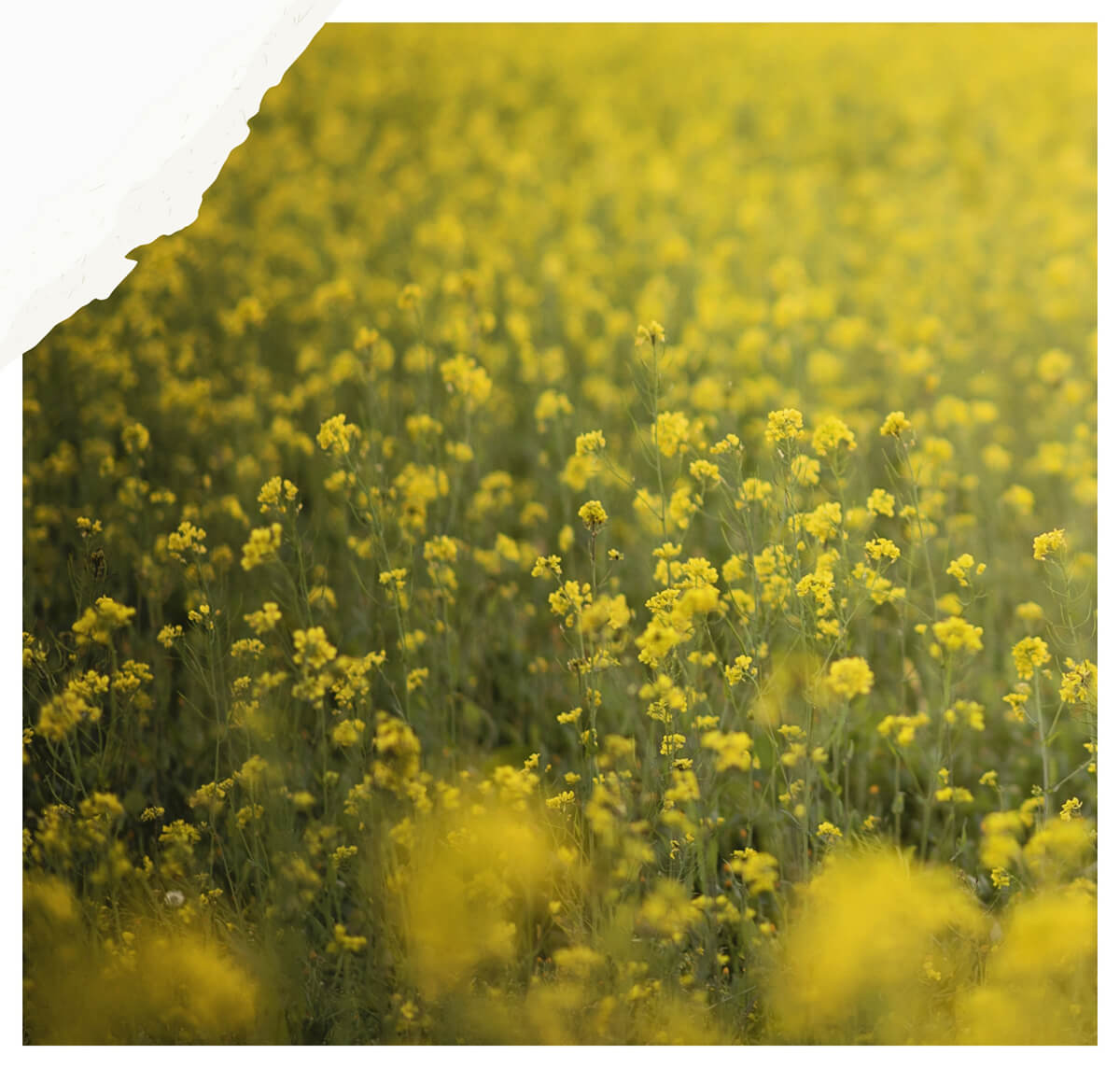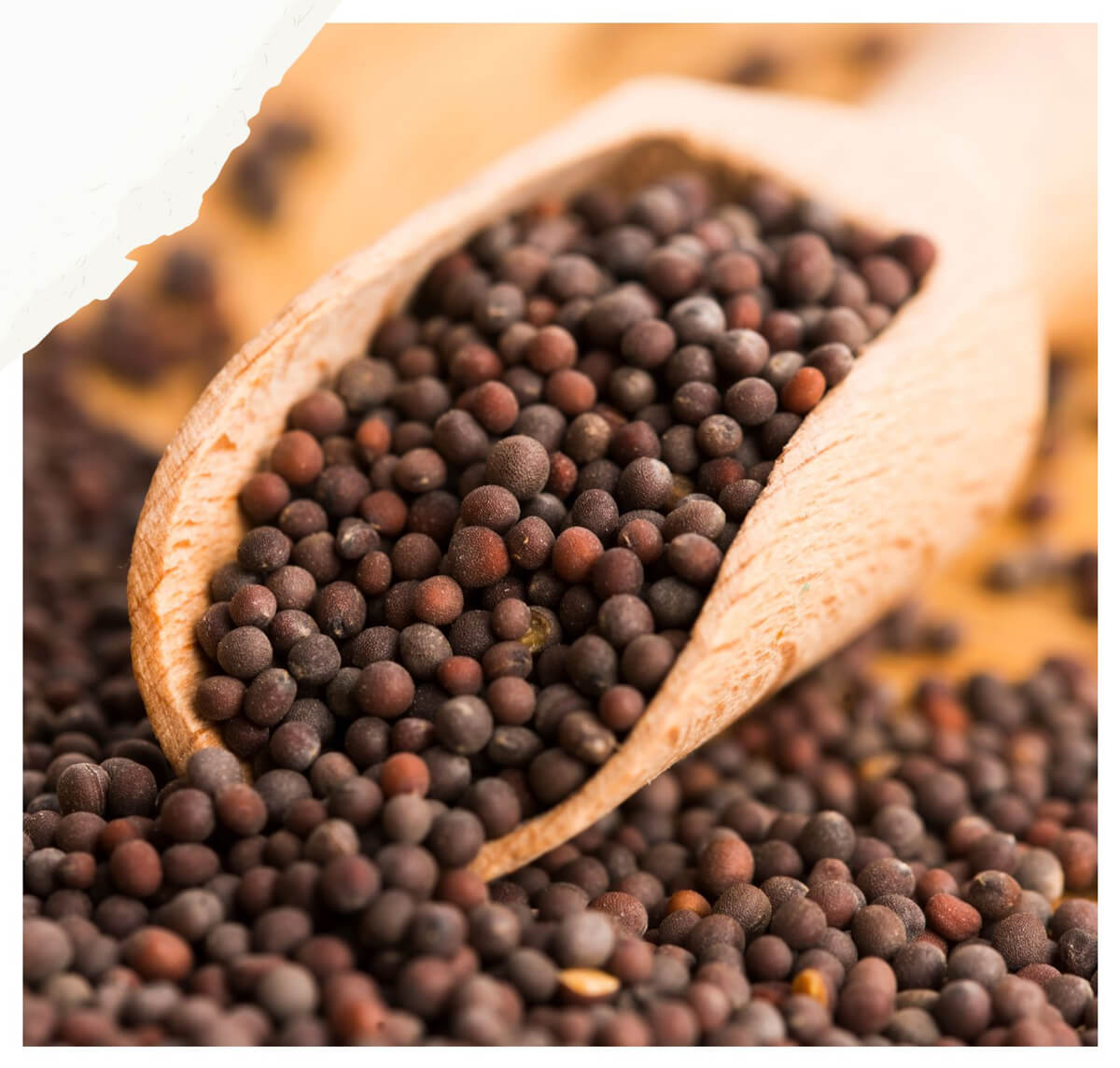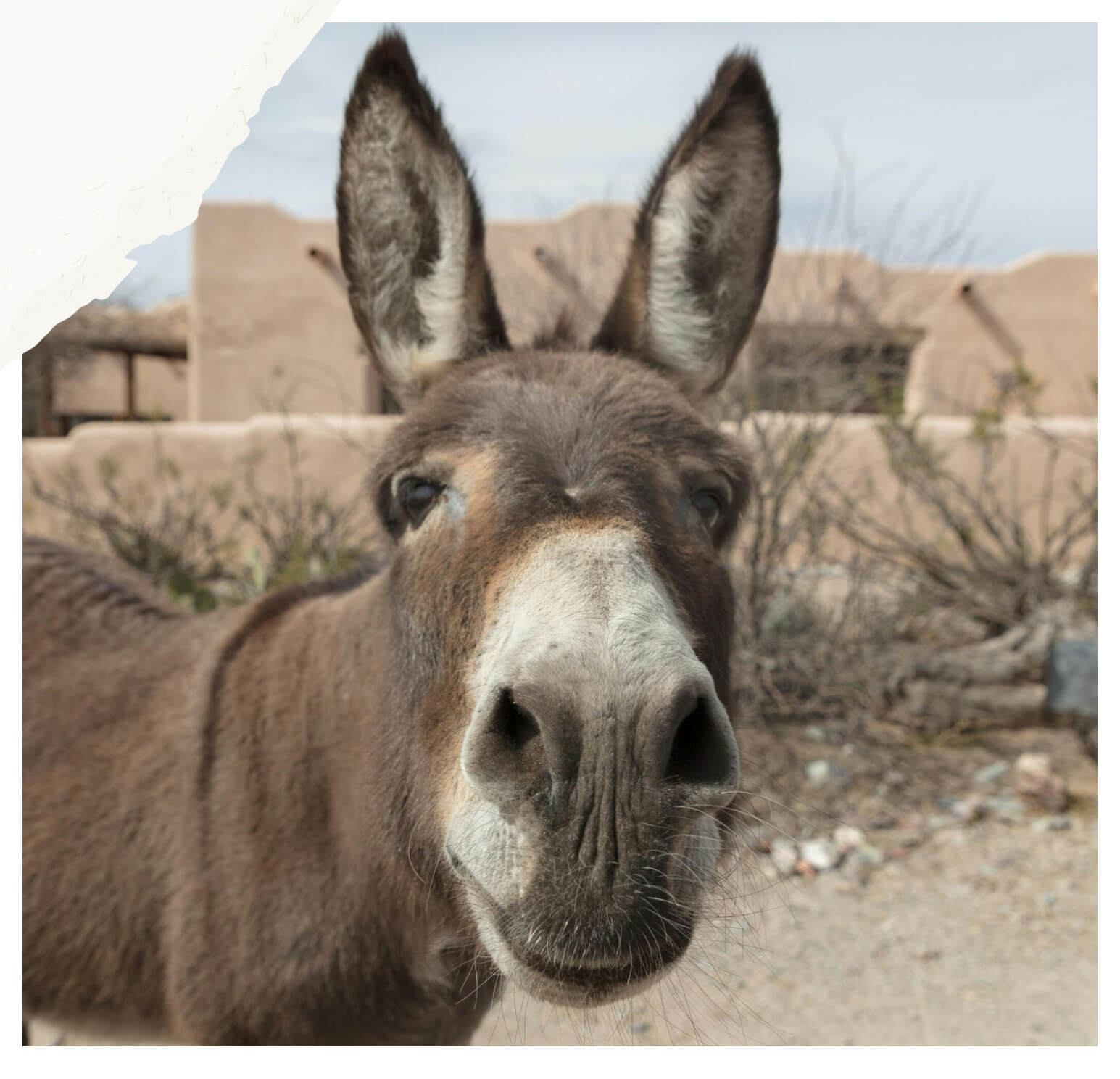The Sound of Snow
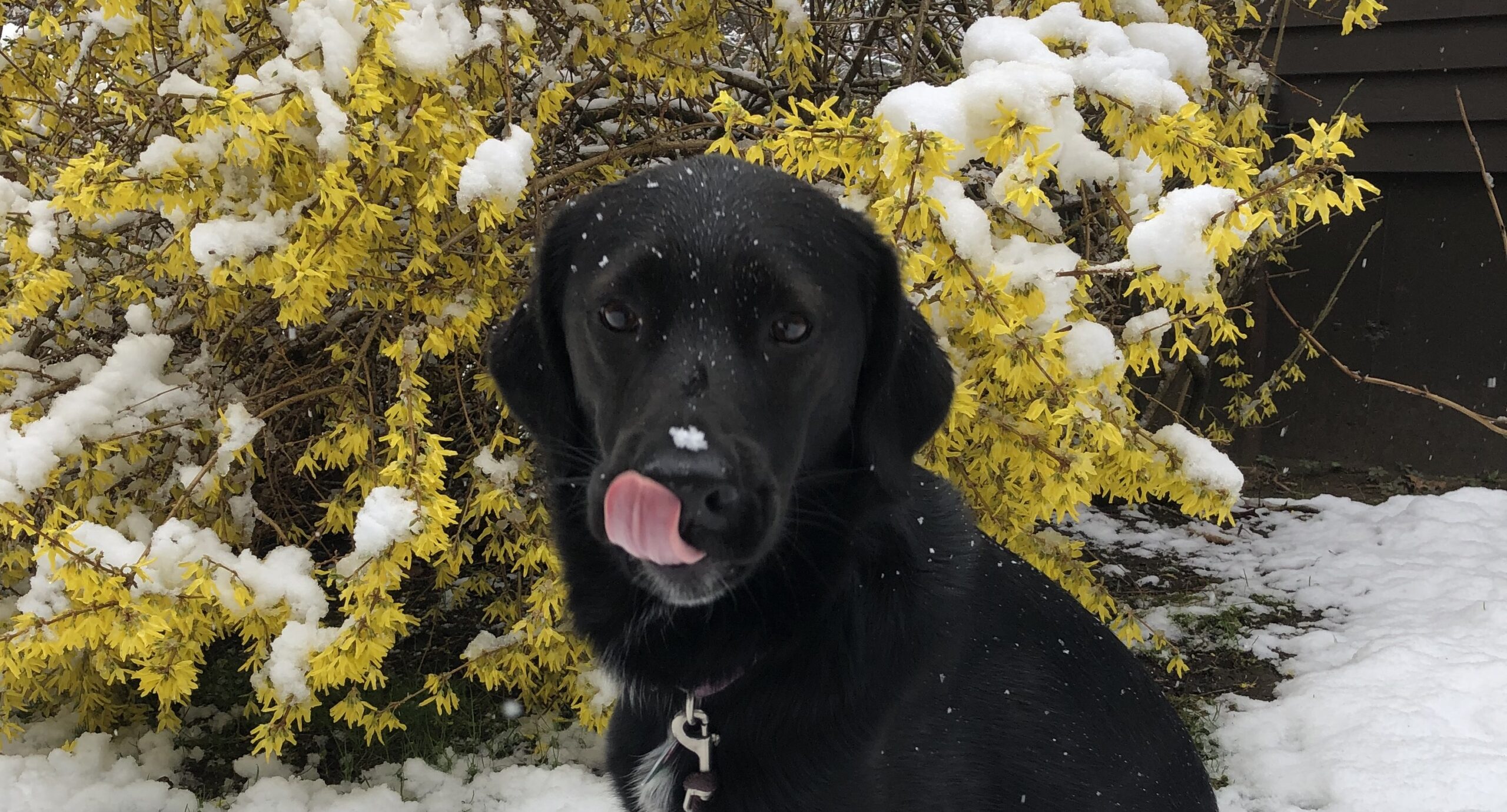
Reflections on the linguistics of snow and the sound snow makes. Also, God.
You may have heard that Eskimo languages have more words for snow than the English language. Because I try not to share an urban legend without some attempt at the zig-zag origins of obscure facts, I went to that ever-faithful resource Google. And, like most conclusions reached after hopping down the bunny trail, I can conclusively say: it’s complicated.
(I also learned that linguists diagram sentences like this to explain things like why “him” refers to John and not John’s father in sentences like: John’s father admires him.
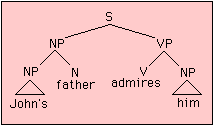
When He is Him and When He’s Not www.princeton.edu/~browning/
Even after reading the professor’s treatise, I still don’t understand. This is why I am not a linguist. It also raises the interesting observation that I have acquired and use many language skills that I do not actually understand. There’s a point to ponder in there someplace.)
But first, if you’re interested in Eskimo snow words, I liked this summary which suggests in general that yes, there are a variety of words related to snow, but exactly how many and in what comparison to other languages depends on how you count them. When we stop to think about it, it turns out that English speakers don’t have just one word for snow either.
A slightly more robust history of the study (and lack thereof) of Eskimo languages is shared by the University of Alaska Fairbanks Alaska Native Language Center, which gives interesting context:
The existence of snow terms in Eskimo is most often used to show the relationship between the vocabulary of a language and the physical environment in which that language is used. For some reason it is always the Eskimo example that is brought out to illustrate this situation and not the fact that painters may use a wide array of color terms and carpenters know a lot of words pertaining to nails and other hardware. (Larry Kaplan, Inuit Snow Terms)
Defining Snow
I had an interesting conversation with a colleague who was experiencing winter for the first time and was so excited at her first sight of snow.
“Actually, this is frost,” I explained. And then had a hard time explaining the difference between condensation freezing on the grass and actual snow that would soon fall from the sky.
“But it’s still snow?” she kept asking. “Water in the air that freezes white?”
“You will see. It’s very similar, but there is a difference,” I insisted.
I love these encounters, because it makes me think of the nuances I take for granted, and all the nuances I do not understand. (“But what is the Kingdom of God like,” asks Jesus’ disciples.)
I can also attest to regional and/or familial differences. Pulling from my northeast growing-up years, the phrase it’s snowing means something very specific – a steady snow with light winds. Contrast this with spitting snow, flurrying, a snow squall, or a blizzard. Each means something very different about how quickly the roads are likely to become impassable, and for how long.
With these important variations in my own vocabulary, it makes perfect sense to me that those who live father north would have even more nuanced language.
The Sound of Snow
As much as we have different words to describe snow, I have also come to realize that snow itself has its own large vocabulary.
I first realized that snow made different sounds when I moved south enough to be out of snow country. Winter brought occasional flurries and below freezing temperatures, but snow didn’t usually stick around. Then one year an arctic blast came through with several inches of snow and a week of sub-freezing temperatures. When I stepped outside, the snow crunched. It was the first time I had heard that sound in years.
I was immediately transported back to snowbanks higher than my head, breaths of steam clouding the air in front of my face, the squeak and crunch of thick boots on snowpack. I hadn’t even realized the sound had been missing until I heard it again. It is the sound snow makes when it is dry, and powdery, and cold. I knew it had to be well below freezing, and probably approaching 20°F or less. It sounded something like this:
Click here to watch this video on YouTube.
This is one of my favorite sounds of snow, but it’s certainly not the only one.
More Sounds of Snow
At warmer temperatures, snow is soft and whispery. At just above freezing, you may get big, fat globs of snow mixed with rain that sluice from the sky. As the temperature drops you get fluffy white flakes that cling to eyelashes and whisper in the trees.
There is a silence that accompanies the sound of a falling snow that makes you want to hold your breath and just listen. I didn’t get a good fluffy snow soundscape, but this wet snow will give you the idea:
Click here to watch this video on YouTube.
At the other end of the spectrum is the icy snow that breaks like shards of glass beneath your feet. Like the crunchy snow, but harsher, this shattering sound is the winter equivalent of stomping in puddles. Where crusts of ice form over air pockets, often along roadways, I just can’t help but pop along:
Click here to watch this video on YouTube.
An Analogy to Understanding God
Since I adore obscure analogies, here is where I am taking this one:
(1) Words for God
Just as there are many words for snow, and a more nuanced understanding of snow the more familiar one becomes with the substance, so there are many words for God. None of them, however, is ever quite complete.
I love that in the rabbinic tradition the letters that represent God’s name are never spoken aloud. Instead, they are replaced with an approximation, like “Lord.” There are several reasons for this including a holy reverence, but I also read into this the fact that no word can ever describe the indescribable. In the same way that frost is not snow, any approximation to our understanding of God is never quite complete.
Just as not everything that is frozen and white can rightly be called snow, not everything that smacks of the divine can rightly be called God. We can learn characteristics of God, in the same way that frost or ice or hail can teach us some of the characteristics of snow. But as soon as we get too specific, our understanding will either fall apart or cause us to distort the true image of God. Any approximation we use will ultimately fall short. And every word we use is naught but approximation. After all, how could any human word(s) possibly fully describe The Word?
Be Cautious in our Understanding
Do not be deceived, Jesus warned his followers. It might look like a sheep, but actually be a wolf. It might look like a weed, but actually be wheat. It might look like snow, but actually be frost.
And don’t be too hasty to think that it’s everyone else who is deceived. Jesus didn’t give this warning to the casual passer-by. He gave it to his closest followers. He gave it to his closest friends.
Be humble. We are not above being deceived.
The more time we spend with God, the more familiar we become with God’s true nature. We may not even be able to accurately describe it – in the same way that I struggle to differentiate a description of snow from so many similarly frozen precipitations. But we know it when we see it.
We also know it when we hear it.
(2) Sounds of God
Which brings me to the Sounds of God. My favorite passage about God’s voice is 1Kings19 when God spoke to Elijah not in the ravaging wind or earthquake or fire, but in a gentle whisper.
But just as there are many sounds of snow, so there are many sounds of God’s voice. God’s voice is also described as powerful, majestic, and like thunder (Psalm 29, Job 37). Every word that Jesus spoke was God’s voice. Every spark the Holy Spirit kindles is God’s voice.
We need to be careful to not put our own limits on a limitless God.
Listen
Yes, listen. To this most simple yet intricately complex creation. Water – the most uniform substance possible – presented as uniquely as… well, as uniquely as a snowflake.
Do you have a favorite sound of snow?
In both the silence and the shattering, God is near.
This post was first shared at inspireafire.com. Stay warm on these frosty days!
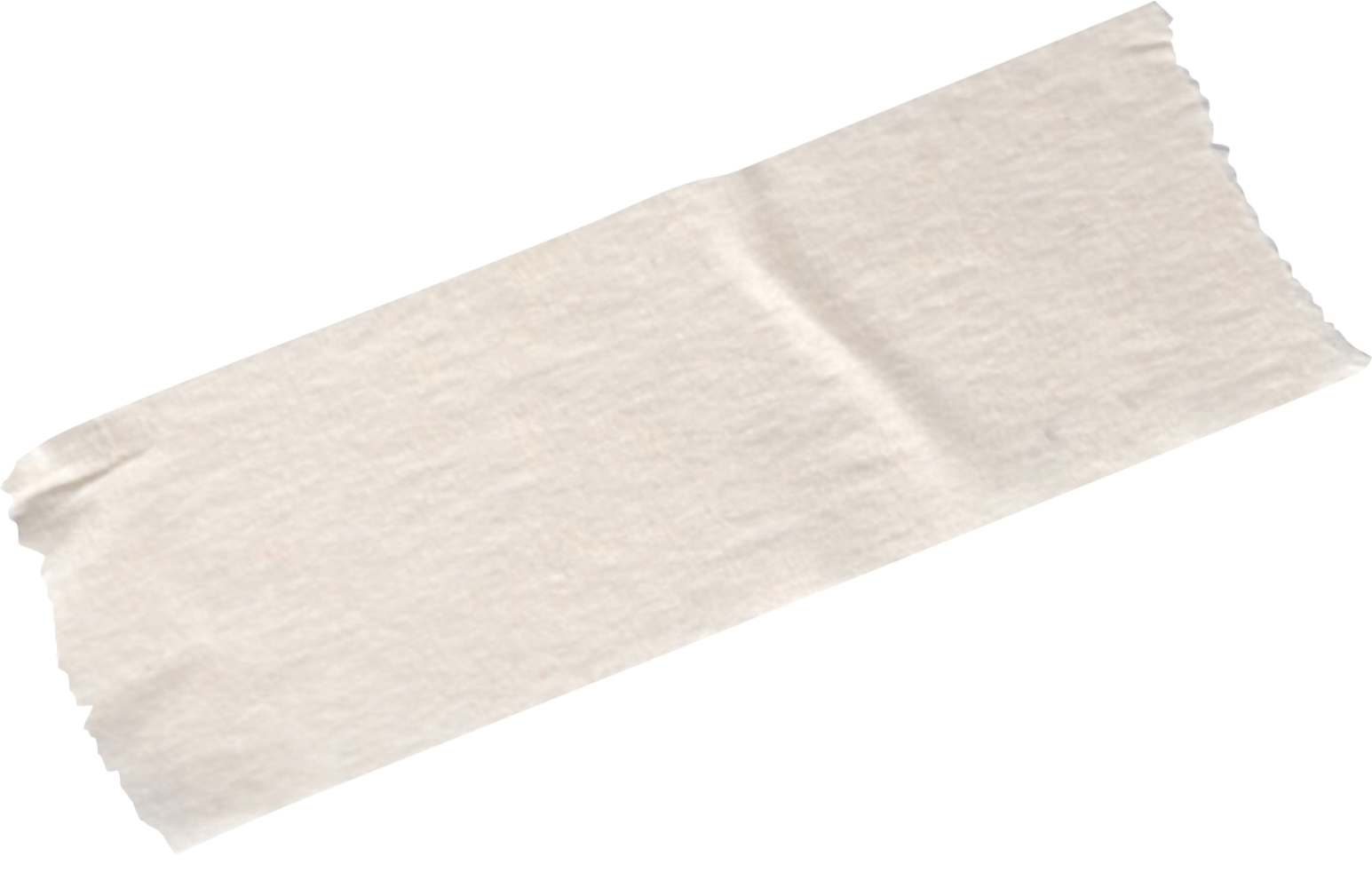
Search the Blog
Categories
Join the email list to receive the latest post and occasional exclusives

Meet Janet!
Janet Beagle, PhD is the founder of The Mustard Patch. She divides her time between the Midwest and New England, and if she’s not writing, she’s probably out hiking with her 2-and 4-footed friends.

